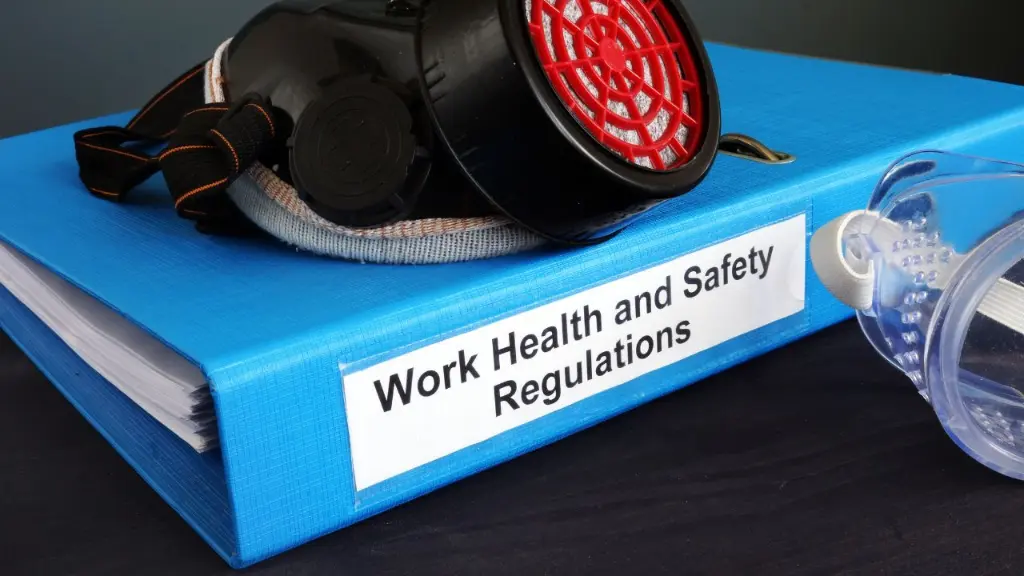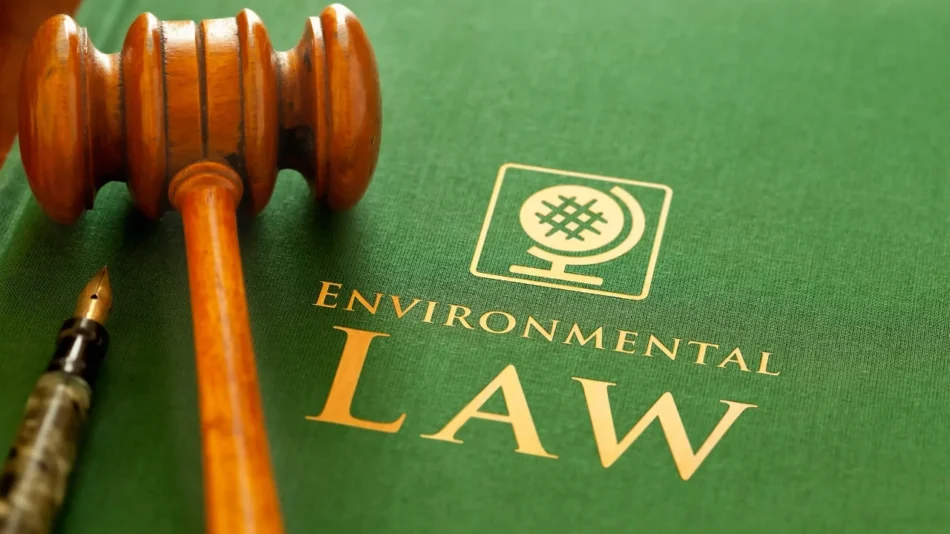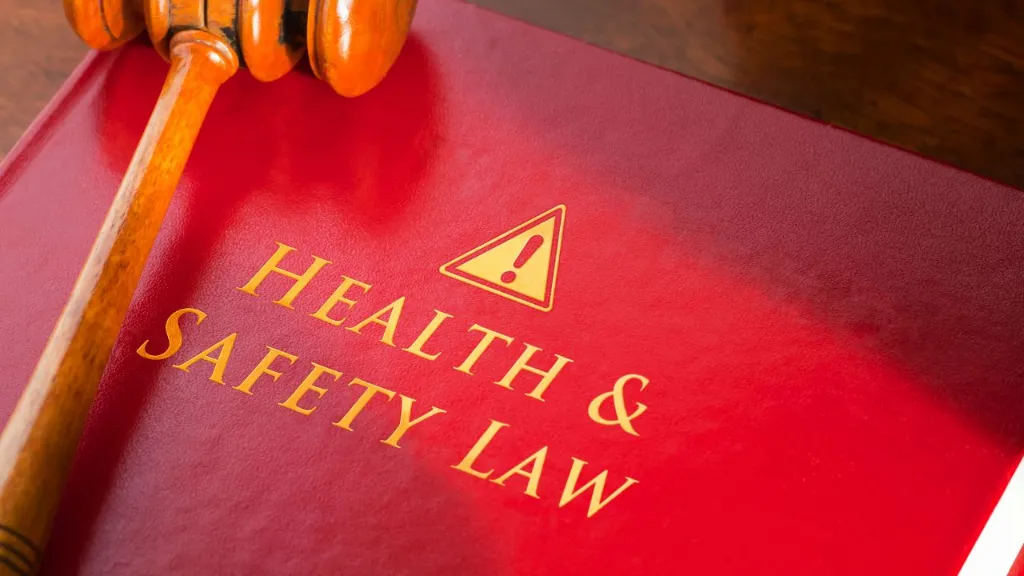Empower yourself with knowledge! Understanding the Basics of HSE Laws and Regulations to create a safer and healthier workplace.
1. Understanding the Basics of HSE Laws and Regulations: Everything You Need to Know
Welcome to the HSEC Awareness blog! If you’re just stepping into the world of Health, Safety and Environment (HSE) or looking to brush up on your basics, you’re in the right place. This blog post is dedicated to breaking down the essentials of HSE laws and regulations in a simple and straightforward way. Let’s dive in!
2. What is an Act?
An Act is a formal decision or law passed by a legislative body like Parliament. Think of it as a blueprint for the rules that everyone needs to follow. It is a comprehensive piece of legislation passed by the government, outlining the broad principles and objectives.
For example, in India, the Factories Act, 1948 sets the basic requirements for workplace safety and health. This Act outlines the responsibilities of employers to ensure a safe working environment for their employees.
3. What is a Law?
A law is a rule or set of rules that have been legally established by a governing authority. It is like the official playbook for how things should be done to protect people and the environment. Laws are binding, and violating them can result in legal consequences.
For example, Traffic laws include various Acts and regulations to ensure road safety. In the HSE context, the Environment (Protection) Act, 1986, is a prime example of a law that sets the stage for environmental protection in India.
4. What is a Regulation?
A Regulation is a specific requirement within an Act. It provides detailed instructions on how to comply with the law. If an Act is the broad outline, regulations are the finer details.
For example, the Factories Act, 1948 has various regulations that specify safety measures, such as the proper use of machinery and the handling of hazardous materials. Regulations are like the ‘how-to’ guides for laws.
5. What are Rules?
Rules are guidelines or instructions that must be followed to comply with laws and regulations. They are often more detailed and specific.
Think of rules as the practical, on-the-ground instructions for implementing regulations. They often address specific procedures, technical requirements, or operational details. Rules are usually more flexible than regulations and can be amended more easily to adapt to changing circumstances.
For instance, the Building and Other Construction Workers (Regulation of Employment and Conditions of Service) Act, 1996 has rules that detail the safety equipment workers must use and the training they must receive.
6. What are Standards?
Standards are sets of technical specifications or requirements established by recognized organizations, such as the Bureau of Indian Standards (BIS) in India or National Fire Protection Association (NFPA) in the United States of America.
Standards often go beyond the minimum legal requirements and aim to promote best practices in various areas, including product safety, environmental management and occupational health.
Standards aren’t always legally binding, but they are highly recommended and often become part of regulations. Conforming to relevant standards can demonstrate a company’s commitment to excellence and help it gain a competitive edge.
7. Compliance:
Compliance means adhering to laws, regulations, rules, and standards. It’s about making sure that your workplace follows all the necessary guidelines to ensure safety and health.Compliance is not just a legal obligation; it’s an ethical responsibility to protect your employees, the environment and the surrounding community.
For example, ensuring that all machinery has proper safety guards is a compliance issue under various HSE laws. Non-compliance can lead to legal penalties and increased risk of accidents.
8. Other Related Terms
8.1 Policy:
A policy is a statement of intent and is implemented as a procedure or protocol. For instance, a company might have a safety policy that outlines its commitment to maintaining a safe workplace.
8.2 Guidelines:
These are recommended practices that are not mandatory but help ensure the safety and health of workers. For example, ergonomic guidelines for setting up a workstation to prevent injuries.
8.3 Code of Practice:
This is a set of written rules which explains how people working in a particular profession should behave. For instance, the code of practice for chemical safety in the workplace.
9. Why is Understanding These Terms Important for HSE Professionals?
Understanding these terms helps HSE professionals and anyone interested in workplace safety to navigate the complex field of health, safety and environment. As an HSE professional, you play a crucial role in ensuring compliance with HSE laws and regulations.
This involves staying up-to-date with the latest legal developments, identifying potential hazards, assessing risks, implementing control measures and providing training and awareness programs for employees. By staying informed and proactive, you can help create a workplace that is safe, healthy, and environmentally responsible.
10. Conclusion:
Understanding the basics of HSE laws and regulations is like having a roadmap for navigating the complex world of workplace safety and environmental protection. By grasping the key terms and concepts, you can confidently interpret legal requirements, implement effective control measures and contribute to a safer and healthier future for everyone.
Disclaimer: The information provided on this website and in our blog posts is intended for general informational purposes only and should not be considered legal advice. While we strive to ensure the accuracy and relevance of the content, HSE laws and regulations are complex and subject to change. We strongly recommend consulting with qualified legal professionals or relevant authorities for specific advice tailored to your unique circumstances. We are not liable for any actions taken based on the information presented here.
Join me on Facebook, Linkedin, Youtube, WhatsApp & Telegram for the latest updates.
Click the link to read more topics on HSE Laws and Regulations






